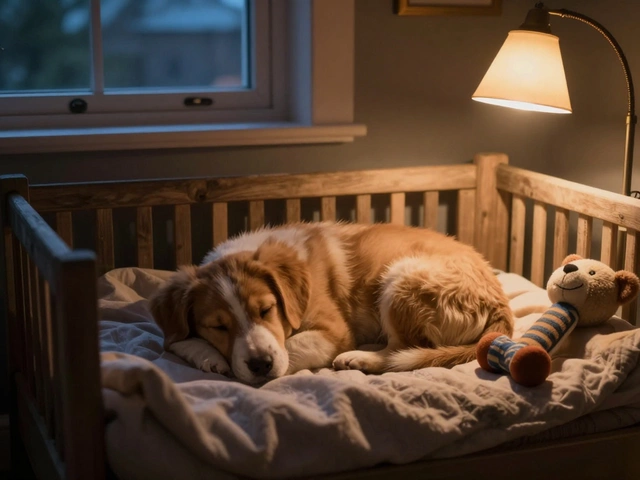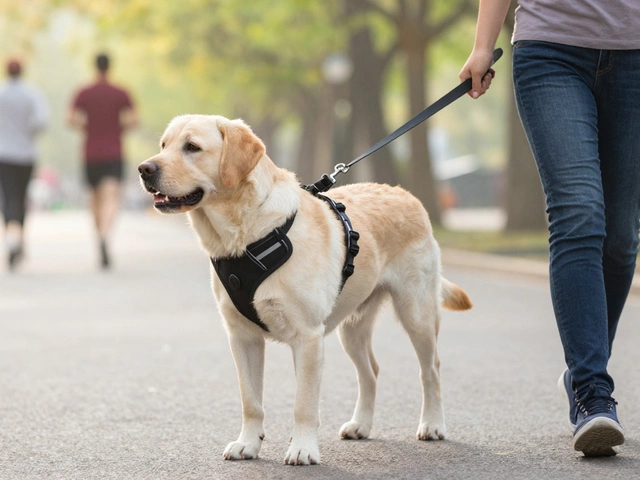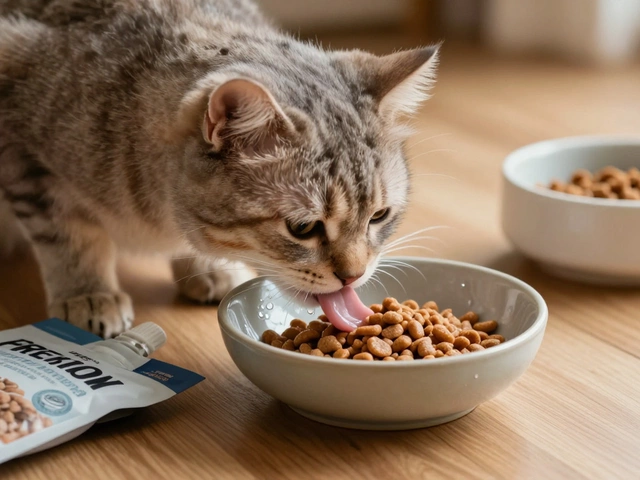
The journey of bringing a new puppy home is packed with the thrill of introductions, learning, and endless cuddles. However, it's not just about the smiles and cuteness; responsible care is key, and that includes knowing how to manage their spirited energy.
One often-discussed approach among puppy enthusiasts is the 10-minute rule, which is all about setting boundaries for their little bursts of playtime. This isn’t just about letting puppies frolic without limits, but crafting a structure that keeps fun in balance with their rapid development.
When implemented thoughtfully, this guideline can help ensure your puppy enjoys a healthy growth spurt without too much hustle and bustle. Equipping yourself with a handful of playful yet safe toys makes these short sessions truly rewarding. There's much to say about weaving this principle into your routine, ensuring the well-being of your fluffy dynamo.
- The Essence of the 10-Minute Rule
- Why Puppies Need Short Playtimes
- Selecting the Right Toys for the Rule
- Tips for Engaging Play Sessions
The Essence of the 10-Minute Rule
Diving into the vibrant world of puppies can be as enriching as it is overwhelming. Amidst this delightful chaos, the 10-minute rule serves as a gentle reminder to both pet owners and their furry pals. At its core, this rule speaks to balancing a puppy's boundless energy with the need for mindful playtime. During their early growth stages, puppies typically have short bursts of energy followed by periods of rest. Limiting intense activities to around ten minutes at a time prevents your young pup from overexertion. Not adhering to this guideline could lead to not only physical injury but behavioral issues from overstimulation.
If you’re wondering why ten minutes and not more, the science of canine development provides some clues. Much like toddlers, puppies have developing muscles and joints that can get strained when they overdo it. Of course, every puppy is unique, and while some might be fine with a tad longer, this rule gives a practical framework to start with. To quote
Dr. Sarah Wilson, famed animal behaviorist, "Structured playtime is crucial in building a well-adjusted pet, offering them both exercise and a chance to bond with humans." By integrating this rule into play sessions, you're essentially laying a solid foundation for your pet’s physical and emotional well-being.
Within these playful windows, selecting appropriate puppy toys also becomes necessary. Not all toys offer the same benefits, and it’s important to choose ones that can stimulate your puppy effectively. Rubber toys, for instance, are excellent for teething puppies craving something to chew, offering both entertainment and relief. Interactive toys, such as those that dispense treats, enhance mental stimulation, ensuring that these short play sessions are enriching. Your approach to play equipment, in tandem with the 10-minute play guideline, can significantly influence how your puppy perceives and engages with their environment. It’s about making each moment count while avoiding overwhelming your little one. And remember, these sessions are as much about enjoyment as they are about learning boundaries.
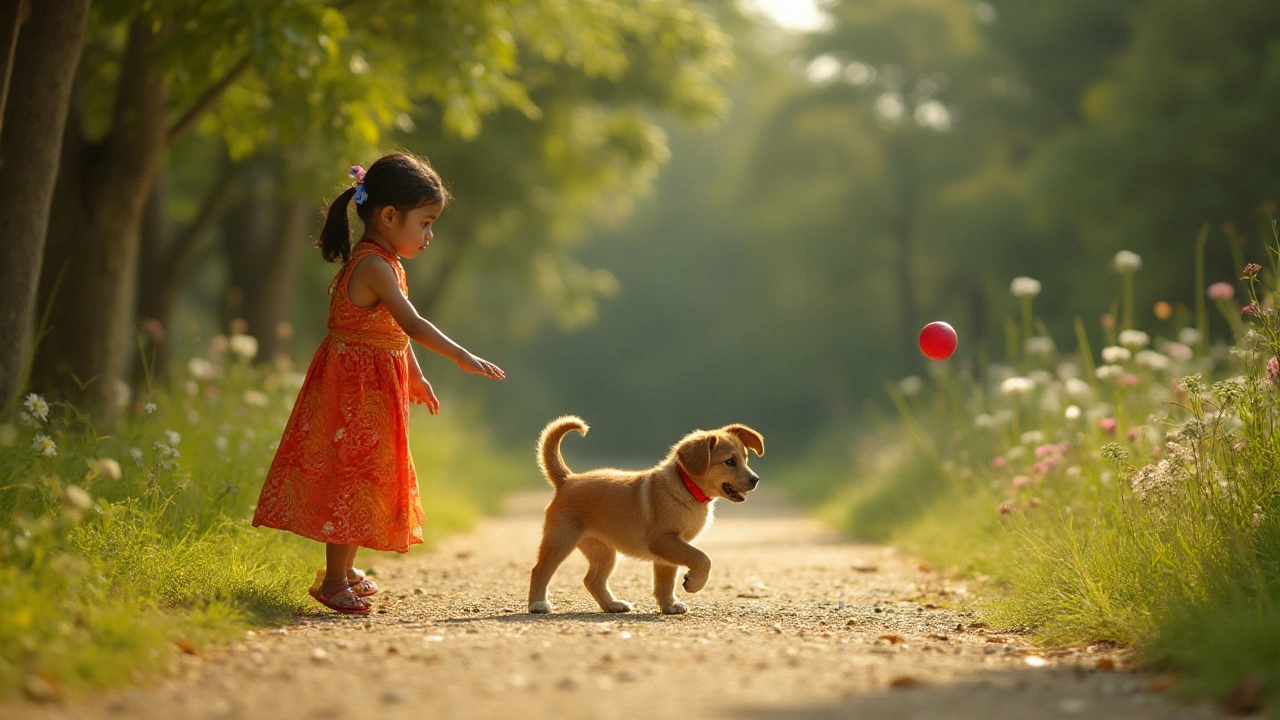
Why Puppies Need Short Playtimes
Puppies, with their boundless energy and unedited enthusiasm, might seem capable of playing the whole day away. But beneath that frenzy lies a creature in a critical developmental phase. It's during play that puppies explore the world around them, learning everything from spatial awareness to basic social skills. Yet there are reasons why short bursts of intense activity are beneficial for their well-being. Limiting their play to fit in the 10-minute rule helps ensure their bounding energy doesn't outpace their physical and mental development.
Young pups are much like toddlers, needing adequate sleep to process the day's new information. Excessive playtime can lead to overtired, irritable pups, which might seem harmless, but it can negatively impact their learning and growth. During play, an overexcited puppy can more easily miss social cues, leading to problems in behavior if they become too frenzied. Structuring their play in manageable, 10-minute sessions can help condition them. They begin to anticipate the rhythm of activity followed by rest while their bodies and minds develop harmoniously.
The American Veterinary Society of Animal Behavior notes, "Puppies — especially in their formative weeks — require structured play intervals balanced with proper rest for optimal growth."
Another important factor is the physical toll extended play can take. Soft tissues and still-forming bones can be susceptible to injury while a puppy’s body works through its growth spurts. This consideration in engaging in short activities also provides a safer environment for their playful exploits. Rapidly tiring out can put potential strain on recovering bodies, something that's not immediately visible but can have lingering adverse effects. So when you allow these focused intervals of energy, you're not just tamping down potential hyperactivity; you're providing a safe space for movement.
In addition to helping prevent physical overstimulation, short, structured playtimes encourage better engagement with their surroundings. Puppies have brief attention spans that match their excitable behavior, making longer play sessions less productive both for the puppy and the owner. When you balance the play in these meaningful snippets, layer in a few special puppy toys, and use these moments intentionally, you'll be nurturing a more attentive, happier, and healthier puppy.
The Role of Puppy Toys in Short Play Sessions
During these brief play intervals, using engaging toys becomes crucial. Toys don't just direct their energy but provide a way to learn and express themselves. Opting for toys that require mental and physical exertion aids their growth immensely. It's about finding those tools that can captivate them without overwhelming. Think squeaky stuffed animals or soft tug toys designed for small mouths. Variety matters; rotate the toys regularly to keep excitement high. Additionally, treat-based puzzle toys offer a chance to combine play with learning — rewarding curiosity with an incentive that's both tasty and gratifying.
To sum it up, respecting the 10-minute rule when planning puppy playtimes can greatly influence their overall learning and growth process. It's not just about preventing exhaustion; it's about nurturing development in a way that aligns with their rapid changes. Step by step, minute by minute, you can watch your playful pupper flourish and grow.
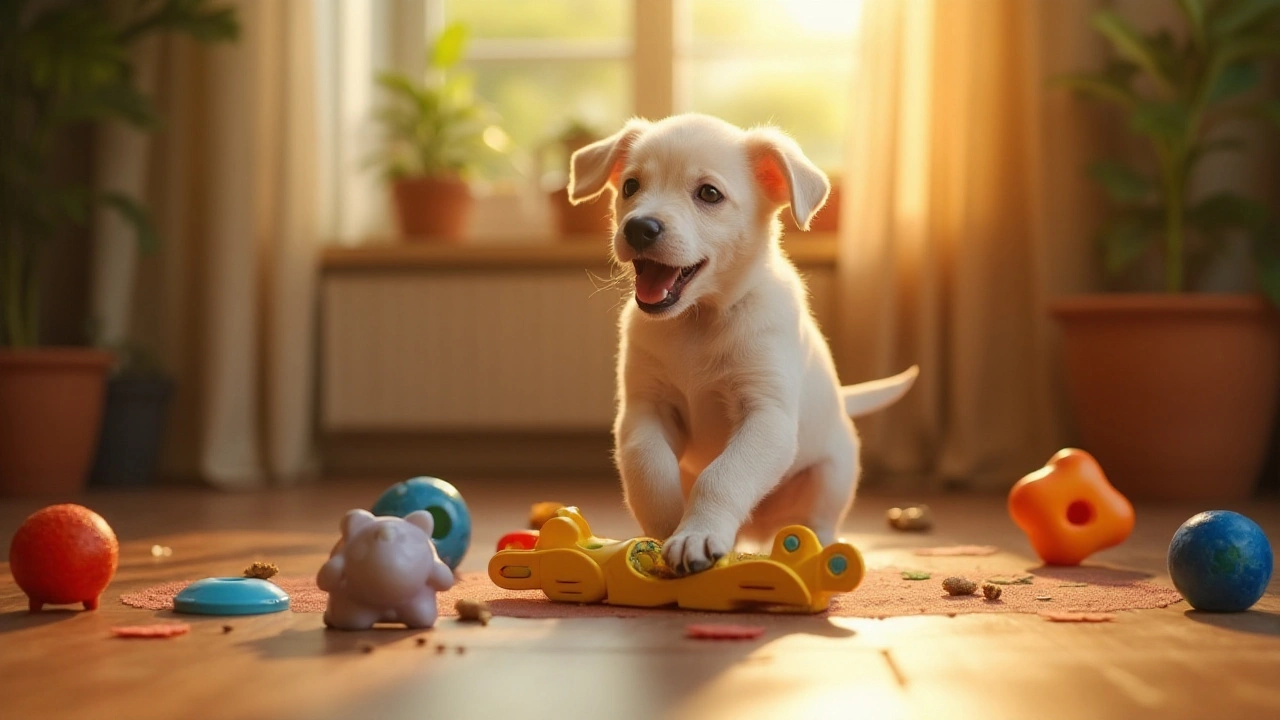
Selecting the Right Toys for the Rule
When it comes to choosing the perfect puppy toys to align with the 10-minute rule, there are a few important factors to keep in mind. Puppies are like little bundles of energy, bursting with curiosity and a desire to explore their world. But just like us, their attention span can be quite limited, and they’re quick to tire themselves out. So, selecting toys that engage them without overwhelming them is key. Durable rubber toys are an excellent choice, offering a satisfying chew for teething puppies, as well as helping to soothe sore gums. Interactive toys, like those with squeakers or varying textures, can also provide a stimulating experience without needing constant monitoring.
Moreover, safety is paramount when we look at toys for our fledgling friends. It's vital to opt for toys that do not have small parts that could break off and be swallowed. A fun and safe option includes plush toys designed specifically for puppies — these don’t just add fun squeaks but often come in exciting shapes and sizes that are gentle on puppies’ developing teeth. Interestingly, a study from the American Veterinary Medical Association highlights that puppies with access to diverse, safe toys demonstrated greater problem-solving abilities and social skills as they matured.
"Puppies thrive on appropriate playtime intertwined with toys that encourage safe exploration," says Dr. Emily Jenkins, a well-regarded animal behaviorist.
Naturally, variety in toy selection keeps things fresh and helps prevent your puppy from becoming bored or less engaged. Toys that you can rotate every few days are wonderful, as they tend to spark renewed interest. You could have a small basket or drawer, easily accessible, to store these treasures and maintain this rotation effortlessly. Imagine a cute chew toy squirrel on Monday, only to be replaced by a rope toy ideal for tugging by Wednesday! Also, keep an eye out for toys that can double up as teaching tools. For example, treat-dispensing toys are fantastic for encouraging patience and fine-tuning their coordination skills.
There's more to the shopping list than just the toy itself; consider the environment where your puppy will play. A clutter-free play area can make toy selection easier and encourage a more focused session. Plus, with a playful little puppy like Luna — my energetic dog who constantly keeps me on my toes — I know firsthand the importance of creating spaces that allow them to let off steam safely and effectively. Finally, when selecting these toys, it's a chance to introduce and constantly reinforce good playtime behavior. Encourage your puppy to bring the toy back for a rewarding game of fetch, which helps them understand the game's boundaries and limits while following the rule.

Tips for Engaging Play Sessions
Creating engaging play sessions for your puppy while adhering to the 10-minute rule requires a thoughtful approach. This involves organizing varied and stimulating activities that cater to their boundless energy and crucial curiosity. Puppies are like little sponges, absorbing everything they come across; thus, it’s important to provide an environment that is both safe and nurturing. Start by selecting puppy toys that are colorful and varied in texture—think squeaky rubber balls, plush chew toys, and interactive gadgets that challenge their developing minds with puzzles or treat-dispensing features. Variety not only keeps boredom at bay but also introduces them to different sensory inputs, enhancing their cognitive abilities and curiosity.
Timing your puppy's play sessions can transform both of your lives. With the 10-minute approach, it's about making sure every minute counts. Set a timer, but don't become too rigid—observe how your puppy behaves. Some puppies might be ready to snooze right after playing, while others might want a few minutes to chew on a plushie. Your primary goal is to tailor these sessions based on your puppy's unique personality and energy levels. Include positive reinforcement such as praise or treats, which help create a strong bond between you and your puppy. This nurturing interaction is scientifically proven to improve a canine's emotional health and alleviate anxious behavior. As your puppy grows, anticipate incremental increases in stamina, and adjust those play sessions to match their increasing capacity for fun.
Setting the Right Environment
A suitable environment for play should be both safe and interesting. Puppies explore with their paws and mouths, which means potential hazards on the floor can turn into unwanted risks. Ensure the playing area is puppy-proofed: hide or cover electrical wires, remove small objects that could be swallowed, and secure any furniture that could easily topple. In a survey by the American Veterinary Medical Association, 65% of pet injuries in young dogs were attributed to unsupervised play in unsafe environments. Create a zone with enough room for them to run around but confine it to their designated space. This not only safeguards their well-being but also reinforces the idea of place training. Puppy playpens, with adjustable sections, offer suitability for different-sized homes and data reflect that they help cut down puppy-related mess by as much as 60%.
Engaging play is more than simply tossing a ball. Incorporating learning elements into play is extremely beneficial. Many behavioral experts advocate for interactive games that involve using commands like fetch, sit, or release during playtime. It’s not just about chasing a toy; it's about instilling obedience and response skills. Games like 'hide and seek' with their favorite puppy toys not only spark mental acuity but also strengthen your pup’s tracking prowess. As the great Antoine de Saint-Exupéry once profoundly noted:
“It is not the only thing to be taught—I would like every toy to teach the art of observation, the scientific method of describing each object.”Activities as simple as teaching your puppy to place paws on certain toys using rewards can bring immense joy to both parties involved, promoting agility while ensuring they're learning in a safe, supportive environment.


